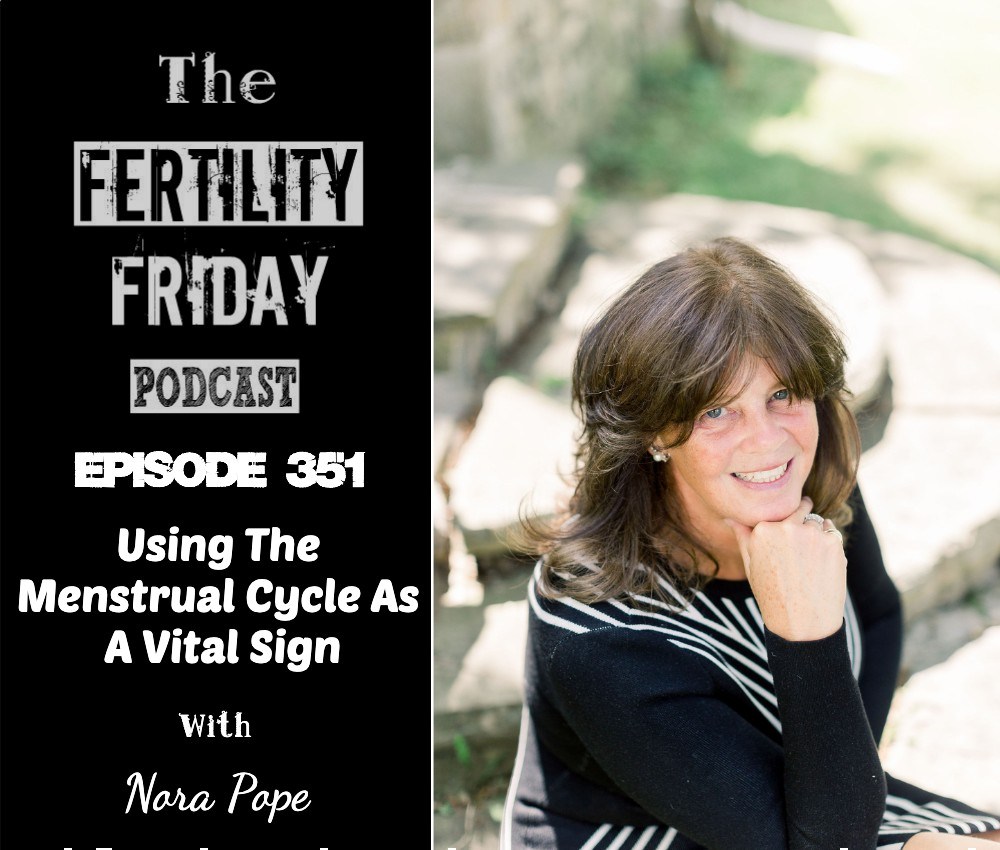This Friday we’re sharing Fertility Friday’s “Using The Menstrual Cycle As The Fifth Vital Sign.”
The podcast is all about using fertility awareness as a vital sign. From timing tests and ultrasounds, to monitoring general health (stress, fitness, diet, etc.) your menstrual cycle is constantly reflecting the status of your overall health back to you! Nora Pope joins host Lisa Hendrickson-Jack to share many of the specific ways she used cycle charting to inform her naturopathic practice.
Imagine if it was a standard practice in medicine to teach clients to track their cycles so that testing could be timed based on where you are in your cycle! The level of accuracy of both testing and interpretation would significantly improve, and so many women would be better served.
As you know, our medical system wasn’t designed for us! It wasn’t designed to accommodate for the natural hormonal cycle that women of reproductive age experience for decades of our life. That typically means that it’s up to us to learn to track our own cycles and advocate for testing and support in line with what’s actually happening in our cycles!
A perfect example of this is progesterone testing. Many doctors still assign this test on day 21 of the cycle regardless of what’s actually happening in your body. But if you want to test your progesterone, the most accurate time to test is in the middle of your luteal phase. If every woman ovulated on day 14 like clock work, day 21 would work wonderfully, but you already know that’s not the case!
Arbitrarily testing for hormones on a certain date of the cycle is a wasted opportunity. However, when women are charting their cycles they can identify their ovulation date and time their progesterone test based on cervical fluid (7 days after their peak day {peak day = the last day of clear/stretchy mucus}) or their basal body temperature shift (the day of 7th high temperature).
This is important, because the most accurate time for progesterone testing is 7 days after ovulation (not “day 21”), and an even better strategy would involve a series of ultrasounds to assess follicular development!
Click here for Fertility Friday’s podcast


